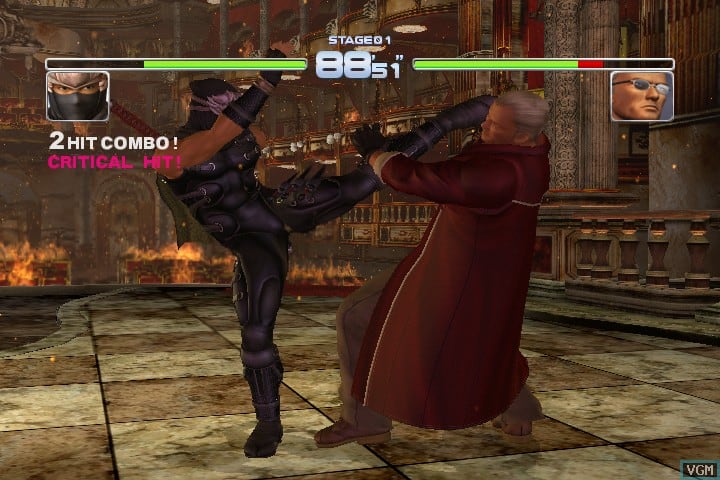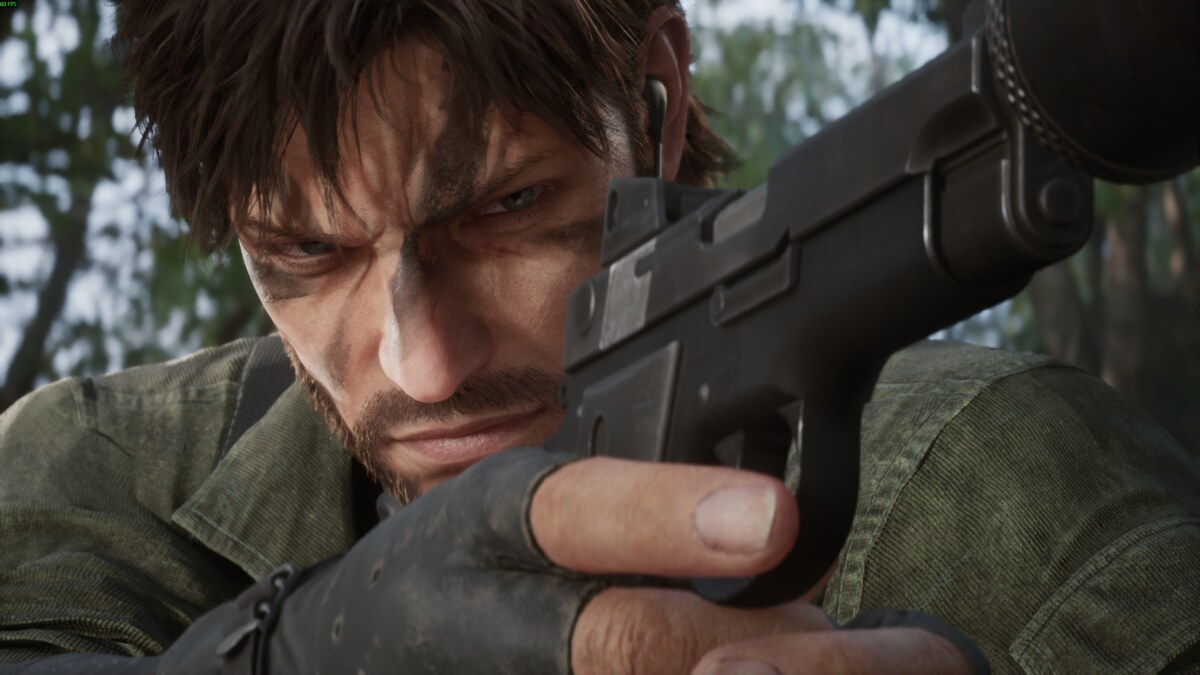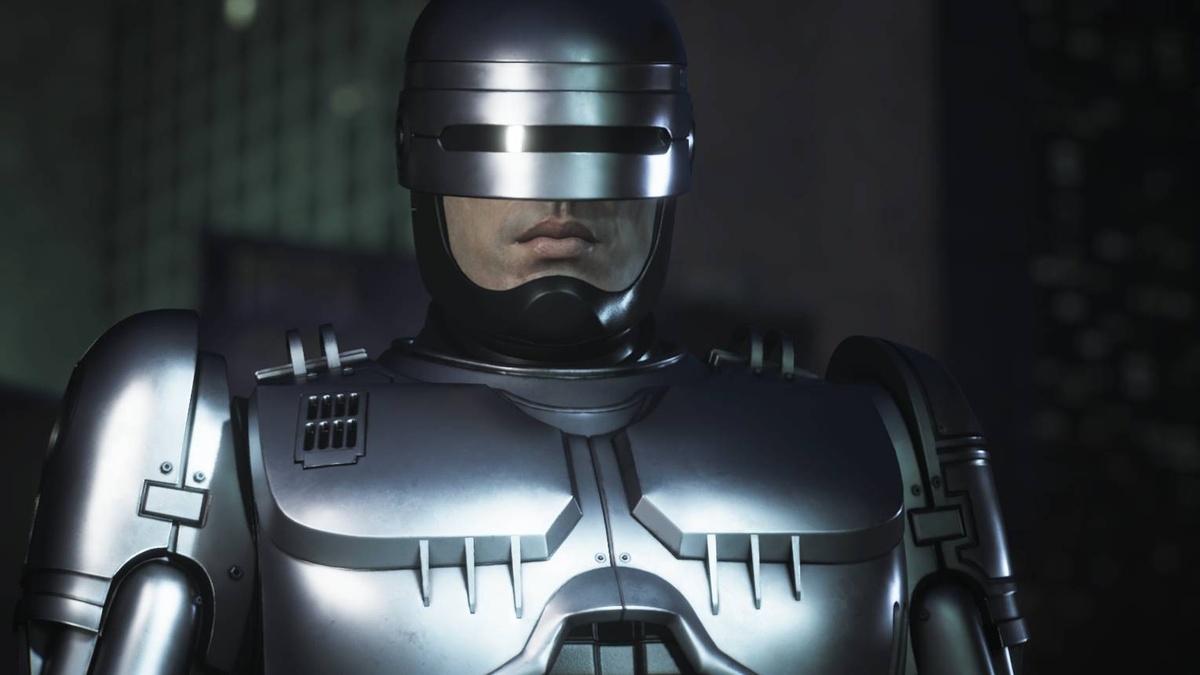You can trust VideoGamer. Our team of gaming experts spend hours testing and reviewing the latest games, to ensure you're reading the most comprehensive guide possible. Rest assured, all imagery and advice is unique and original. Check out how we test and review games here
It’s sometimes hard to take Tecmo’s Dead or Alive games seriously. Treading a fine line between videogame and lingerie catalogue, they run the constant risk of sliding into self-parody. It’s hard to argue that a game features a balanced and elegant fighting system when you’re distracted by two giant free-roaming pairs of breasts swinging around on screen. The appearance of Dead Or Alive Xtreme Beach Volleyball – a series spin-off that featured an awful lot of scantily-dressed young ladies and virtually no gameplay whatsoever – didn’t help in the slightest.
As a result, the series has never really gained the respect it deserves. It’s perhaps for this reason that Tecmo has decided the time is right to come out swinging with Dead or Alive Ultimate, a comprehensive repackaging of the first two games in the series with added Xbox Live support and a few new bits and pieces. Although the two-disc package looks like a good deal, it’s not exactly a game of two halves. The original Dead or Alive makes the transition from the Sega Saturn pretty much intact, and largely unchanged. As a historical artefact, it’s fun for a few minutes, but it’s been comprehensively superceded by its sequels in every respect. Unless you’re a real fan of the series or have fond memories of this from first time around, it’s unlikely to hold your attention for very long.
It’s the remake of Dead or Alive 2, then, that forms the main attraction, but it has to be said that this is not exactly a forgotten classic. This may actually mark the first time that a game has received a comprehensive remake within the same hardware generation – Dead or Alive 2 originally appeared on the Dreamcast and also formed part of the initial wave of PS2 games – and it’s hard to escape the conclusion that you’re essentially paying for a remake of a game that’s only a couple of years old in the first place.
The onus, then, is on the developers Team Ninja to provide enough that’s genuinely new here to warrant a second purchase. And, inevitably, attention has immediately focused on the graphics. Quite frankly, they’re staggeringly good, a real tour de force for the Xbox and something that really throws into question Microsoft’s decision to replace the machine with its next-gen equivalent as soon as the end of this year. Characters themselves remain largely unchanged from Dead or Alive 3, although clothing and hair both now act more realistically, but the backgrounds – significantly increased in number as well as quality – are simply jaw-dropping. You’ll find yourself dodging hippos on the savannah and avoiding collapsing scenery in the burning opera house. You can hurl your opponents down the steep slopes of the Great Wall of China and wince as they bounce off every step, or smash them into trees and through wooden walls. Environmental effects range from swirling snow to apocalyptic thunderstorms. Each background forces you to adapt your strategy to suit the prevailing conditions, and you’ll be finding new areas and new features even after weeks of play.
The game itself, however, is quite familiar. Dead or Alive has always been something of an acquired taste, treading as it does a middle ground between the crowd-pleasing acrobatics of the Soul Calibur series and the more hardcore approach of Virtua Fighter. The game’s system of counters and reversals has been made slightly trickier to implement in this instalment, leading to a game that’s better balanced than its predecessor, but button mashers will still find their frenzied attacks stopped in their tracks by a skilled player. This, combined with the interchangeable characters and relatively small move rosters, makes for a game that’s considerably less welcoming to the newcomer than either Soul Calibur or Tekken, although it reveals more subtlety with extended play. However, it still lacks the depth of Virtua Fighter, despite innovative features like the much-lauded tag team mode, and the game only really works if both players are of vaguely comparable skill. In fact, repeated play against the same opponent can be extremely rewarding: the game system forces you to react to your opponent’s play style, rather than simply launching an all-out attack, and grudge matches between old foes can become very tactical.
It’s a shame that Dead or Alive’s roster of playable characters remains so uninspired. Fifteen characters (three of whom are initially locked) shouldn’t seem like too few, but it’s less than most of the competition offer and too many of the characters are interchangeable. Only a handful seem to really stand out and only one, Tengu, is able to offer any real variety simply because he’s the only one who isn’t human. The balancing could do with some work – Ein is definitely overpowered and this is immediately made clear by the number of online players who use him exclusively – and there are no new characters on offer here at all. It’s also worth noting that, although the game’s portrayal of women often attracts all the attention, the depiction of Zack, the game’s sole black character, is so stereotyped as to border on the truly offensive.
It’s the multiplayer that provides most of the title’s longevity. There’s not much to do in single-player mode, and the supernatural speed and accuracy with which the computer blocks and counters your attacks at higher levels can quickly become a source of teeth-grinding frustration. Although there are over one hundred and thirty increasingly skimpy costumes to unlock, these can only be obtained through playing the game’s Story or Survival modes over and over, and this quickly becomes repetitive. There’s nothing here that even begins to compare to Soul Calibur’s mission mode, and the game is poorer as a result. Unless you’re desperate to unlock that elusive polka dot bikini, you’re likely to tire of the single-player game relatively rapidly.
Players without ready access to a pool of DoA-experienced friends will therefore quickly find themselves gravitating towards Xbox Live. As Dead or Alive is the first 3D beat-em-up to feature full online play, there’s a lot riding on this feature, and it’s a relief to report that, for the most part, its implementation has been pretty successful – although the quality of the experience is extremely dependent on the connection you manage to establish and the geographical location of your opponent. On a perfect three-bar connection, the game functions splendidly and is largely indistinguishable from its offline equivalent. Sooner or later, though, you’ll end up playing against someone on a less than stellar connection, and you’ll be forced to contend with lag. The approach the game takes to this is interesting. Rather than simply allowing the game to lose sync with its controls, as most online titles do, Dead or Alive simply stops the action and waits for things to catch up. This usually leads to a jerky, stop-frame experience that looks absolutely terrible – like running a game on a severely underpowered PC – but curiously manages to remain playable. If anything, things become more tactical as it becomes easier to anticipate opponents’ moves and react to them in time. It’s not ideal, of course, and Dead or Alive certainly struggles with its online side more than most Xbox Live titles do, but given the fast-moving, split-second nature of the action it’s probably inevitable. As more European players come online, the situation can only improve.
It’s clear that some thought has been put into the implementation, however. Rather than simply restricting the action to one-on-one, players assemble in lobbies in small groups. As two of the group face off against each other, the remaining players watch the action and can talk to each other and whoever is playing at the time. The next combatants are chosen according to the rules of the lobby, which in practice tend to drift towards “Winner Stays On”. It’s an innovative system that usually leads to a very friendly atmosphere (providing you don’t end up in a lobby full of American twelve-year-olds drooling over semi-naked women, a thankfully rare occurrence) and it’s a great way to meet people on Live. Elsewhere, it’s nice to see Time Attack and Survival modes linking into online scoreboards, for those who feel the need for a slightly more gentle form of competition.
It’s this Xbox Live support that ultimately turns the game into something worth buying. Offline players may be best advised to steer clear, unless they’re exceptionally keen on bikinis or don’t mind paying £40 for a prettier version of something they already own. Despite incredibly high production values, the lack of new content in Dead or Alive Ultimate makes it feel rather rushed, and the single-player game is poor by any standards. Long-term fans of the series may end up especially disappointed, as this is most emphatically a remake and offers little new to those who have followed Dead or Alive through its various iterations. There are actually fewer characters here than there were in Dead or Alive 3 and the structure of the game is exactly the same as it ever was. Online, however, the game really comes alive, and for many people this alone will justify the purchase. The chance to strut your stuff on the world stage lends the game a purpose and a structure that it otherwise lacks, and the opportunity to show off publicly in new outfits may even persuade you to tackle the single-player slog with more grace than it probably deserves. By all means, buy this if you think you’ll enjoy it – but be sure you know what you’re getting.
/https://oimg.videogamer.com/images/03e9/dead_or_alive_ultimate_7.jpg)
/https://oimg.videogamer.com/images/6840/dead_or_alive_ultimate_5.jpg)
/https://oimg.videogamer.com/images/37de/dead_or_alive_ultimate_13.jpg)






